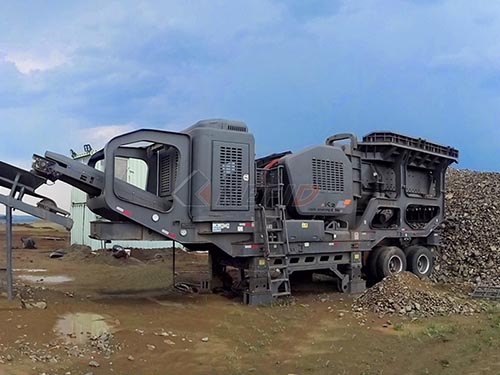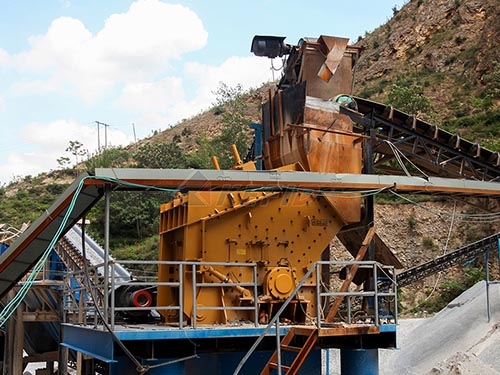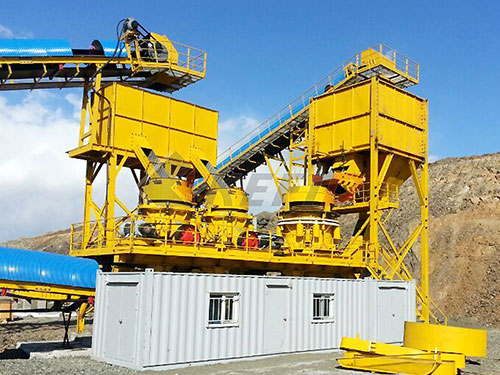Merits And Demerits Of Double Toggle Jaw Crusher
The Double-Edged Stone: Merits and Demerits of the Double Toggle Jaw Crusher
The jaw crusher, a cornerstone of primary crushing in mining, quarrying, and recycling operations, comes primarily in two distinct kinematic designs: the single toggle and the double toggle. While the single toggle variant dominates modern installations due to its lighter weight and lower cost, the double toggle jaw crusher remains a robust and highly effective solution, particularly for demanding applications involving hard, abrasive materials. Understanding its inherent strengths and weaknesses is crucial for making informed equipment selection decisions.
The Core Mechanism: A Tale of Two Toggles

The defining characteristic of the double toggle (or "Blake") jaw crusher lies in its linkage system. It employs two substantial toggle plates, positioned at the bottom of the movable jaw. One connects to a central pitman driven by an eccentric shaft at the top, while the other connects to a fixed point at the rear of the frame. This intricate arrangement dictates a specific elliptical motion path for the movable jaw:
1. Crushing Stroke: As the eccentric shaft rotates, it drives the pitman downwards and forwards. This motion forces the front toggle plate upwards, pushing the bottom of the movable jaw forward towards the fixed jaw. Simultaneously, leverage from this action pulls the top of the movable jaw inwards, creating a powerful compressive force on material trapped within.
2. Return Stroke: On the upward movement of the pitman, tension in both toggle plates pulls the bottom of the movable jaw backwards and downwards, opening up space for new feed material to enter.
This complex motion results in significant crushing force concentrated near both ends (top and bottom) of the crushing chamber.
Merits: Where Strength and Longevity Shine

1. Superior Crushing Force & Efficiency on Hard/Abrasive Rock: The mechanical advantage inherent in its linkage design allows double toggle crushers to generate exceptionally high crushing forces relative to their size. This makes them exceptionally well-suited for primary crushing applications involving very hard (e.g., granite, trap rock) or highly abrasive materials where sheer breaking power is paramount.
2. Reduced Wear on Jaw Plates (Particularly Lower Section): Unlike single toggle designs where significant sliding friction occurs during crushing (especially near discharge), motion at both ends minimizes direct sliding action between jaws and material in a double toggle. The crushing action is predominantly compressive/squeezing rather than rubbing/sliding near discharge. This significantly reduces wear rates on


